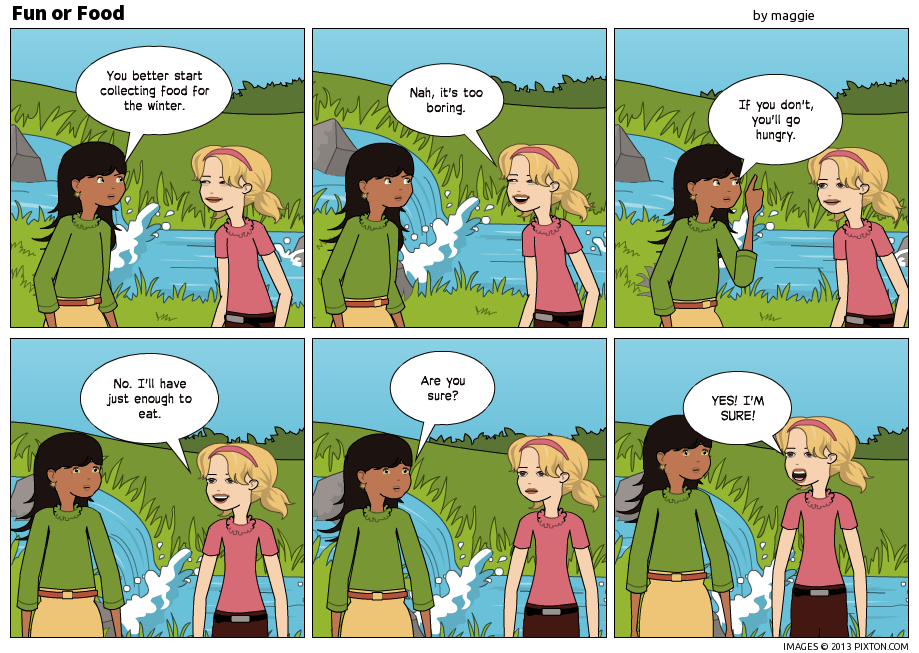
For example, “Why the Sun and the Moon Live in the Sky” (from Southern Nigeria), “Where Stories Come From” (from Zulu), and “Why Mosquitoes Buzz in People’s Ears” (1976). There is a strong connection between pourquoi tales and myths however, the setting in pourquoi tales is earthly and deities play no role in pourquoi tales as they do in myths. They are found throughout the world and especially popular in African and Native American folklore. They provide primitive explanations for the many “why” questions early humans asked.

Most conclude with the triumph of virtue and a happy marriage. They are stories of supernatural wonders typically depicting the conflict between good and evil.

They are part myth, part fable, and part fairy tales. Animal tales are perhaps the oldest of all folktales.Reader is lead to new insights and/or understandings.īelow are the most prevalent kinds of folktales (note that some folktales have characteristics of two or more folktale categories): Reflection of human strengths, weaknesses, or imperfections. How Rabbit Stole Fire, Why Mosquitoes Buzz in people’s Ears, Tikki Tikki Temkbo. Explain a natural phenomena or custom.

Extraordinary animals, monster, or other animated things.The House that Jack Built, The Old Lady that Swallowed a Fly. Repeat phrases, develop logic and sequential thinking (for pre-operational children), and understanding for more sophisticated literature.Magical transformations, Character transformed by a spell and only the love or loyalty of another character can break the spell Ugly person casts a spell on … Spell is broken and turns into a ….Magic Supernatural beings Objects (mirror, beans, golden objects) Spells, Enchantments,.Number three father has three daughters and three sons, and three weeks to return.
Folktale examples for 4th grade free#
A promise father promises to send one daughter, if set free promises first son, if spin gold.Plausibility story is possible but not probable.Descriptions are quick and to the point with little description and detail.Often the tales tell what happens to those who do not obey the groups traditions.Usually universal truths, lessons, and values related to people, their actions, and/or material goods that is valued by the group that creates the folktale.Conflicts are usually resolved with great deeds or acts of human kindness related to good and bad/evil. The plot starts right out with fast moving action that grabs the listeners interest and keeps it.
Folktale examples for 4th grade full#

They have always been children’s favorite type of folk literature. Folktales are stories that grew out of the lives and imaginations of the people, or folk.


 0 kommentar(er)
0 kommentar(er)
